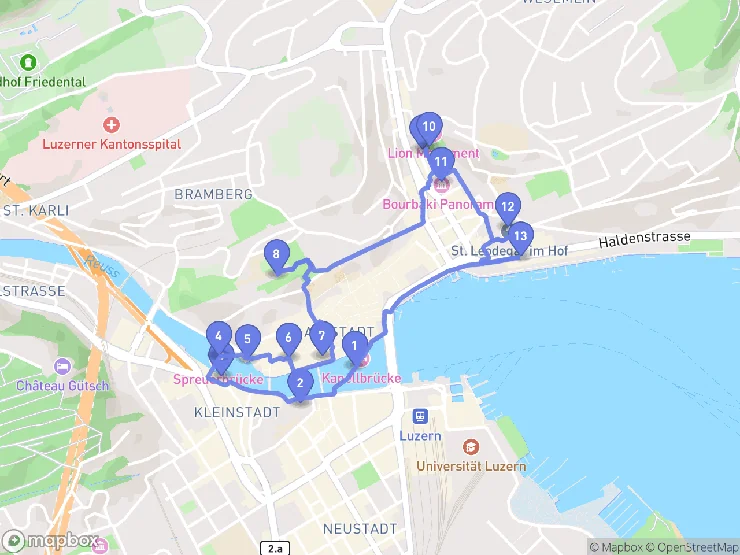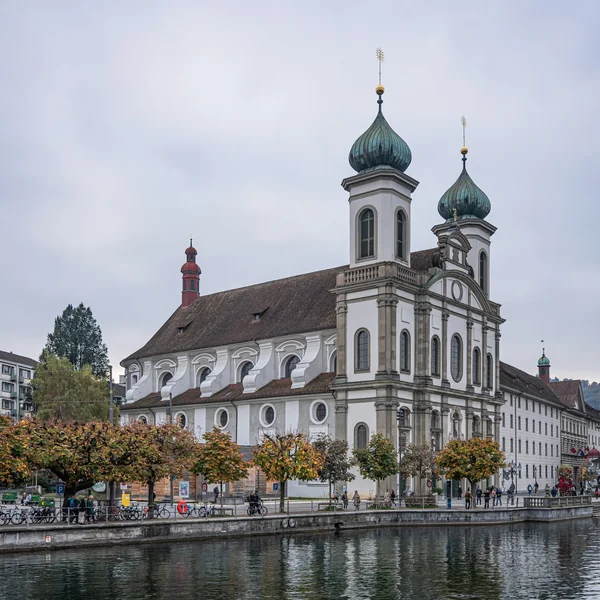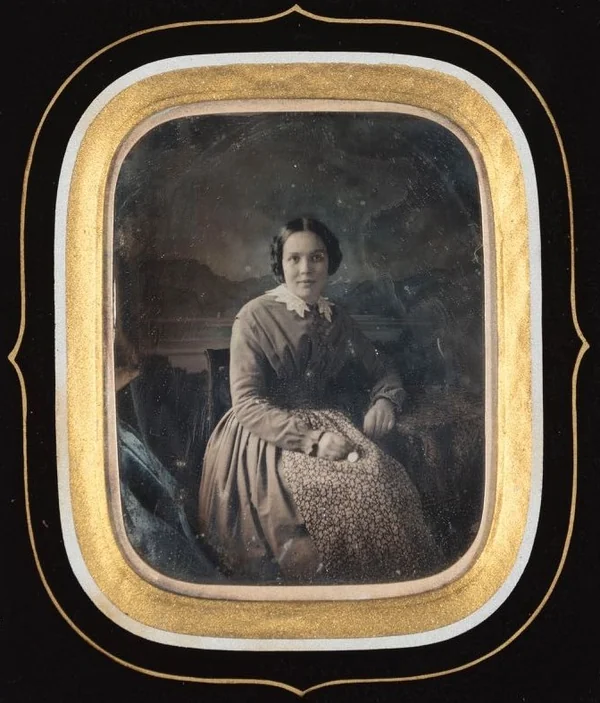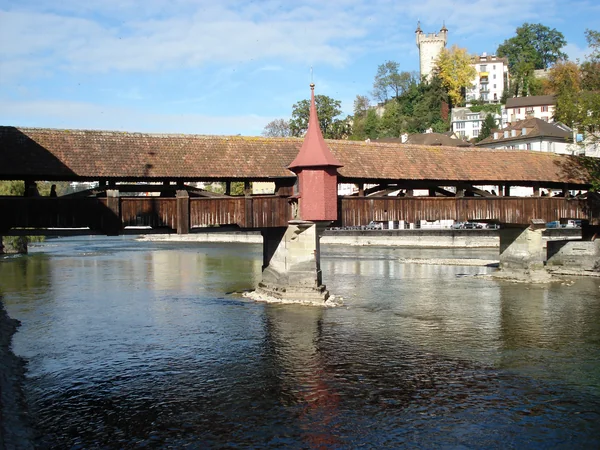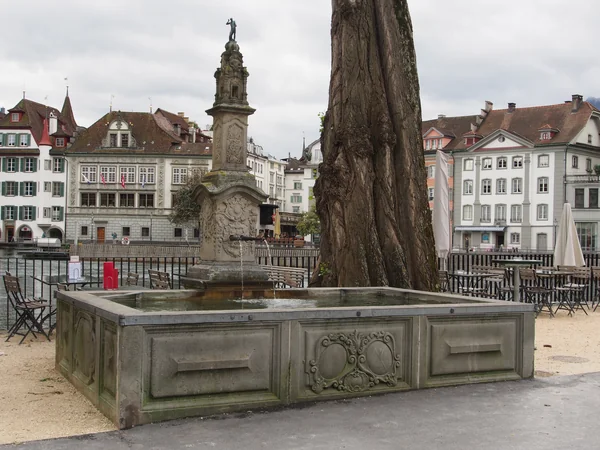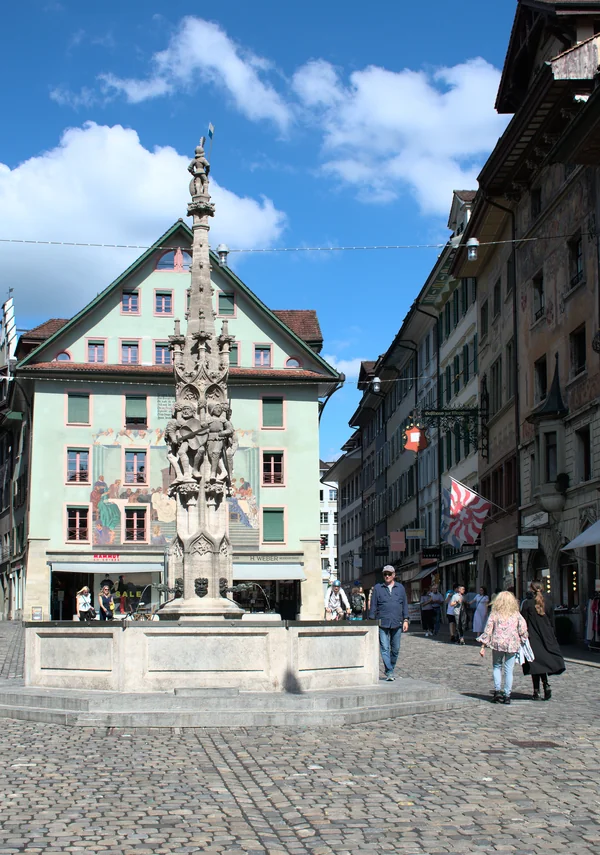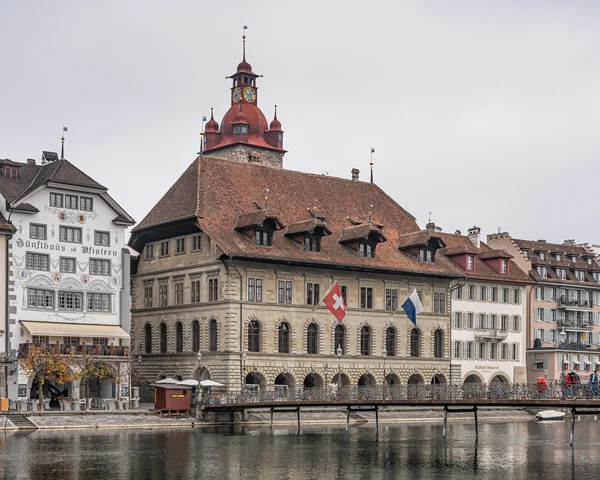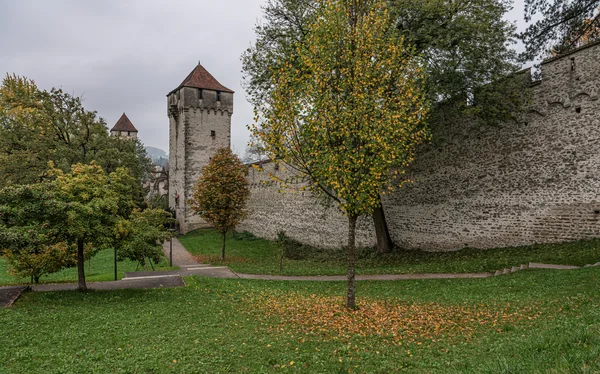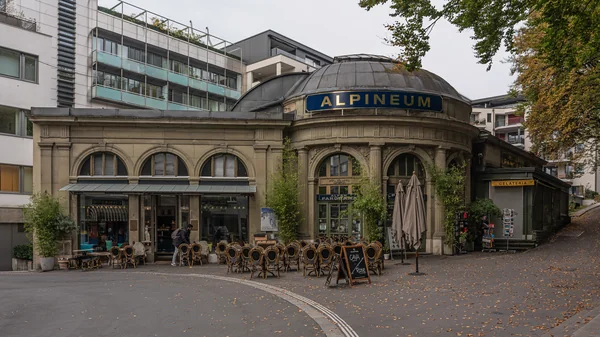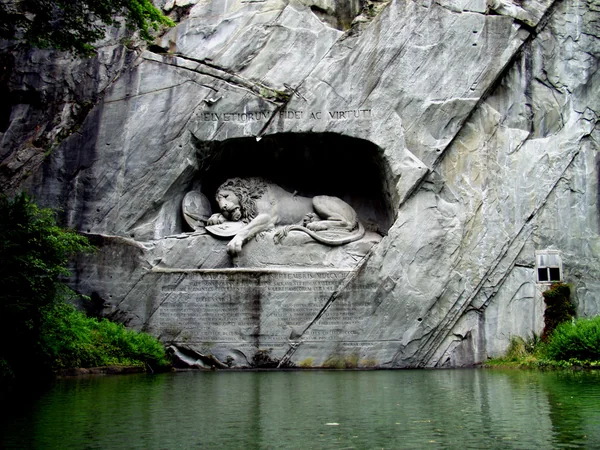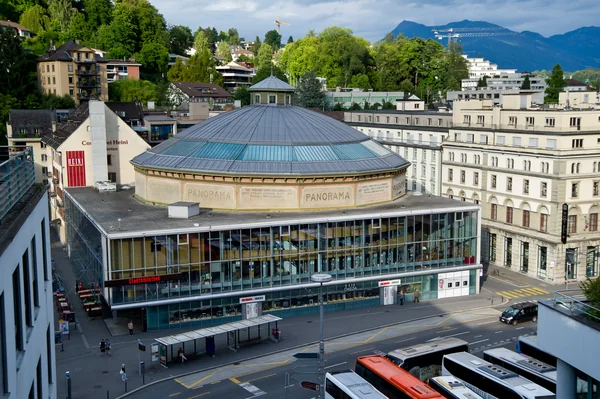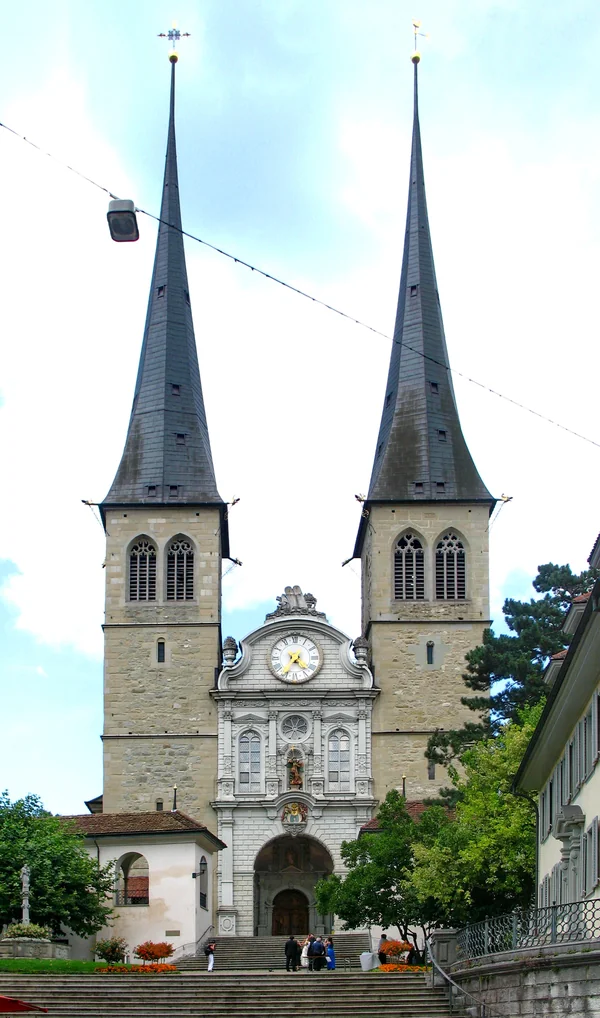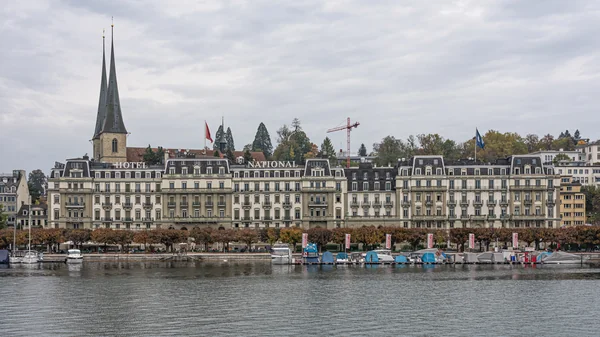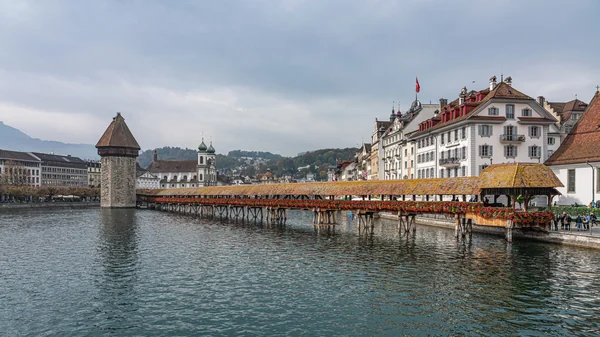
1. Chapel Bridge
The Chapel Bridge, or Kapellbrücke, isn't just Lucerne's most iconic landmark—it's a living piece of European history. Built around 1365 as part of the city's medieval fortifications, this covered wooden bridge spans 204 meters across the River Reuss and holds the distinction of being Europe's oldest covered wooden bridge and the world's oldest surviving truss bridge. What makes it truly special are the 17th-century triangular paintings nestled in the bridge's roof beams, depicting scenes from Lucerne's history and the lives of the city's patron saints.
The bridge's water tower, which predates the bridge itself, once served as a prison, torture chamber, and archive. Tragedy struck in August 1993 when fire destroyed two-thirds of the bridge and many of its precious paintings. However, thanks to meticulous reconstruction work, the bridge reopened less than a year later. Today, it stands as a testament to Swiss craftsmanship and determination, with restored paintings and original charred beams deliberately left visible as reminders of the fire.
Strolling across the Chapel Bridge, especially at sunset when the geraniums in its window boxes glow against the warm wood, remains one of Switzerland's most romantic experiences. The bridge connects the Old Town with the newer sections of the city and offers postcard-perfect views of the surrounding mountains, making it not just a river crossing but a journey through time.
